
Learn About Loons: 5 Amazing Facts About Ontario's Official Bird
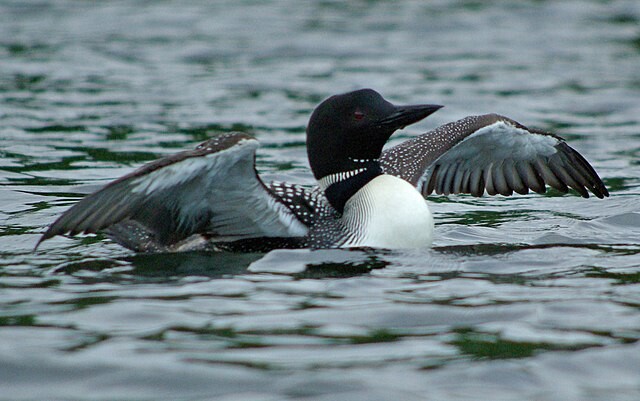
Loons in Superior Country are adored by both locals and visitors. Their soothing songs resonate across our misty lakes on summer mornings, and it's a delight to catch sight of them flaunting their striking black and white spotted colours. However, despite the popularity of these birds, not many people know much about them. So today, with the help of the Loon Preservation Committee Website, here are 5 amazing facts about the majestic loon!
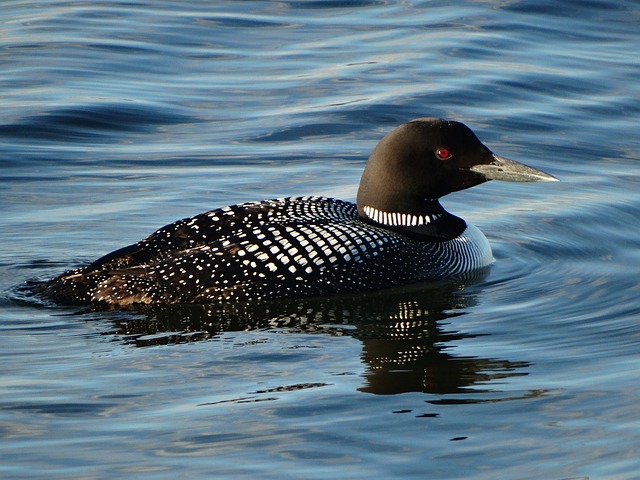
1. Loons Waterproof Themselves. It's Called "Preening"
Believe it or not, loons must waterproof their feathers to protect their skin. In order to do this, they do something called preening, where they take oil from a gland at the base of their tail called the uropygial gland and coat their feathers with it. Loons do this in a few ways, and sometimes preening can be mistaken for looking like they’re in trouble. So, to help tell the difference, here is what preening can look like:
Sticking one leg in the air and paddling in circles
Shaking its wings, head, and tail
Rubbing its head against its back and pulling at its breast and belly feathers with bill
Flapping its wings hard out of the water, appearing unable to take off
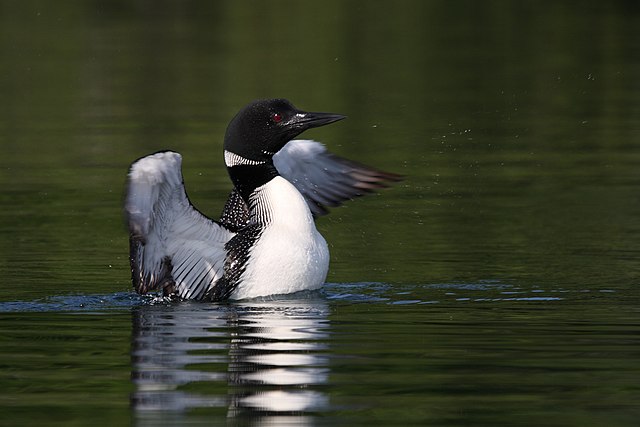
2. Loon Songs: There's More Than One!
Loon calls are some of the most popular and recognizable wildlife sounds, not to mention a familiar favourite. But did you know that there’s more than one? Here are the five different loon calls you can hear and what they mean:
The Yodel - a distinct call of the male loon, is designed to be loud and carry across the water. It is typically used when loons sense a threat, which can come from various situations. These can include the presence of predators like eagles, humans coming too close to their chicks and nests, or territorial disputes with other loons. When male loons yodel, they commonly stretch their necks out flat over the water's surface to enhance the reach and projection of their call.

The Coo - The cooing sound is used by a bonded pair of loons who are often near each other, and it comes in a couple of variations. This call occurs when the loon pair is in courtship or tending to their nest with their chicks. Although the coo may not be readily identified as the typical loon calls, it is almost invariably heard within the confines of their family nest.
The Hoot - generally known by its soft and short sequence, communicates across small distances. This call has two primary purposes: communication between family members and interactions with rival loons at a low level. Another rendition of this call is known as a toot, which occasionally occurs when a pair of loons emits a harsher, higher-pitched sound following a disturbance.
The Tremolo - Among the more easily recognizable calls, the tremolo is typically used to respond to threats like intruding loons, humans, or potential predators. These calls are most commonly heard at night, often as a duet between a paired loon couple or during territorial confrontations. It's worth noting that the tremolo is occasionally referred to by an alternative name, the "crazy laugh."

The Wail - The most frequently heard and most recognizable call among loons is the wail. Primarily used for long-distance communication between mates, loons may sometimes exchange this call when they encounter an intruding loon. These wails are typically calm and haunting, as we commonly hear them to be. However, the wail may become more panicked in stressful situations, such as when a predator approaches their nest. During these moments, the wail often consists of three or more syllables and may combine with other defensive calls. As is widely known, the wail is typically vocalized during the nighttime or early morning hours.
3. Loons Can't Walk on Land!
I should clarify – loons can’t walk well on land. In fact, they are rarely found on land. The only time they are not on the water is when they fly, of course, but also when they’re nesting. Loons choose nesting sites with a steep edge along a body of water, ensuring easy access from beneath the water's surface.
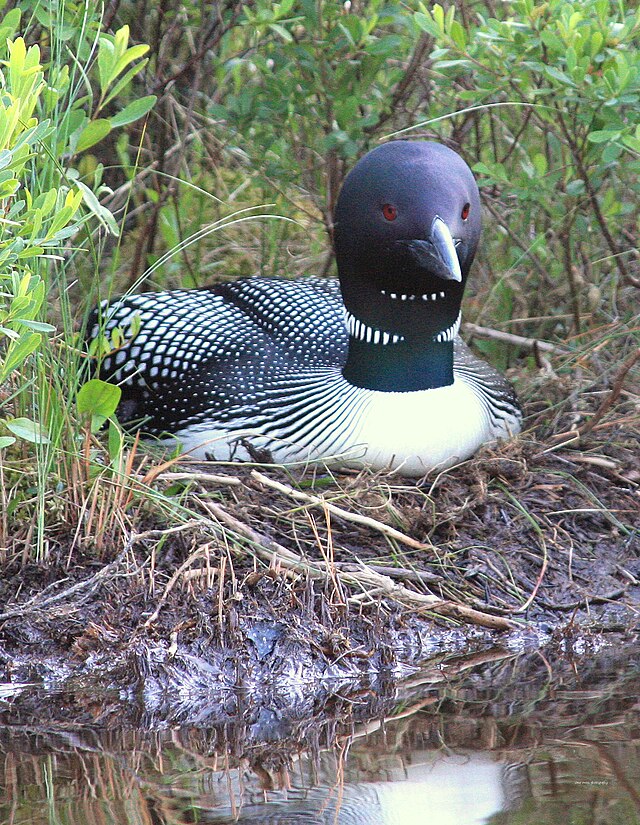
This is because of the loon’s skeleton. Their bones are solid, unlike most birds, which means they are designed to be excellent swimmers and divers. Their legs, placed very far back underneath their body, are so that they’re quicker, agile and proficient when underwater rather than fully functioning on land.
4. Loons Only Lay 1-2 Eggs Per Year
Unlike other birds, loons usually lay only one brood (1-2 eggs) yearly! This is because when it comes to parenting, loons exhibit exceptionally high levels of care and protection, given the extreme vulnerability of their baby loons.
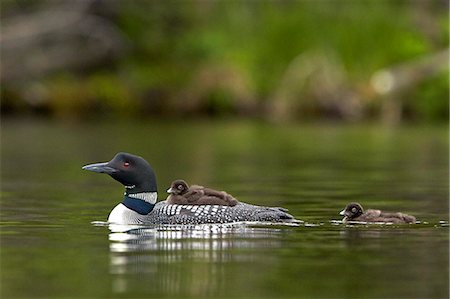
Loons are remarkably dedicated parents, providing care to their offspring until they reach the fledging age, which is around 12 weeks. Their commitment to parenting for such an extended duration is why they typically have only 1-2 chicks.
5. Loons Only Nap
Loons sleep in the water because they are not well equipped to live on land. They do not sleep anywhere near shore; they sleep in the deep, secluded areas of the water to avoid predators.

When they sleep, they do it in short naps that last only 15 minutes on average. You’ll know when a loon is deep in slumber because it will turn its neck and fold its head to rest on its back—its own personal do not disturb pose!
Hope you enjoyed these 5 amazing facts about loons!
Recommended Articles

10 Reasons to *NOT* Travel the Lake Superior Circle Tour

Canoeing the the Slate Islands near Terrace Bay

6 Amazing Facts About Red Rock, Ontario

11 Things to Do in Silver Islet, Ontario

Incredible Fishing at Dog Lake Resort

Best Roadside Picnic Spots in Northern Ontario

A Father and Son Tradition at Miminiska Lake Lodge
Hikes, Bites and Sights on the North Shore of Lake Superior

A Day Tripper's Guide to Nipigon

A Historic Lodge in Red Rock, Ontario

Hunting for Yooperlites Along Lake Superior






















